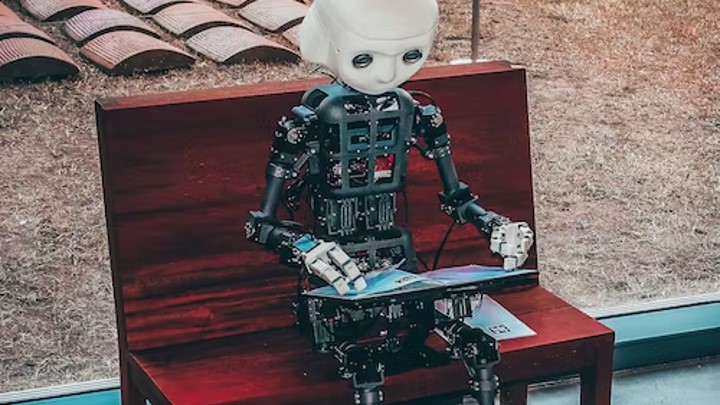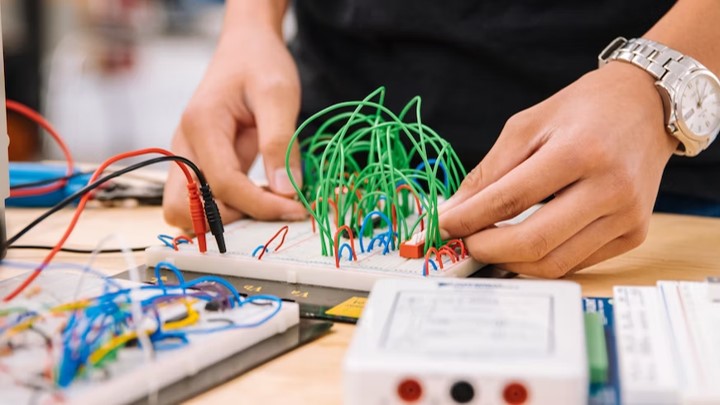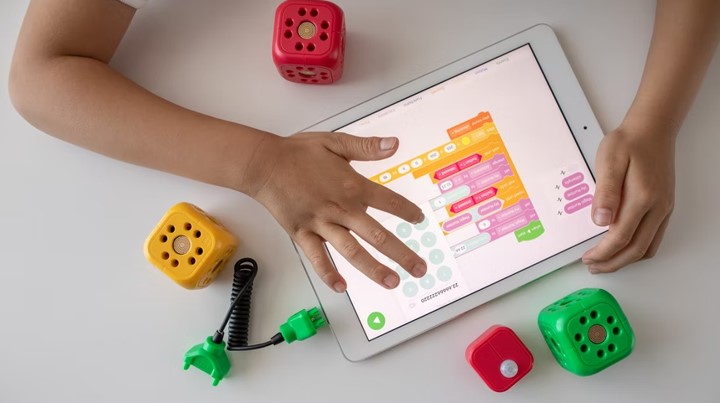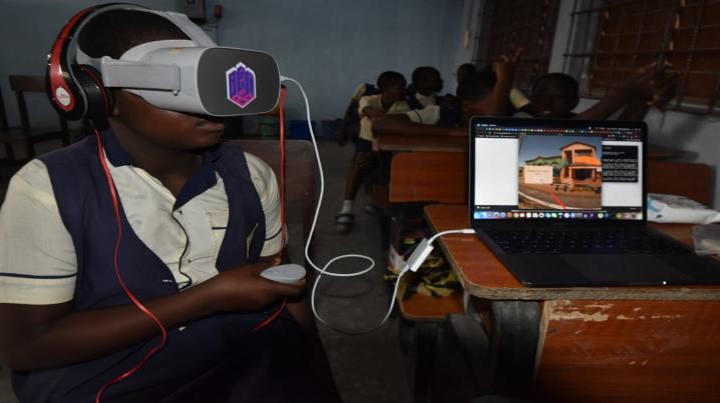Last Updated on July 24, 2023 by Uncle Pat Ugwu
Chatbots are gaining popularity in the education industry. Natural language processing and machine learning are used by these intelligent, computer-based applications to understand and respond to students’ inquiries and requests. OpenAI ChatGPT can be used to practice hybrid learning in schools.
The uses of OpenAI ChatGPT in education can include the provision of tailored learning experiences for students, assisting them in remaining interested and motivated to continue studying. They can also help teachers manage their classes and provide extra support to students who require it.
What is OpenAi ChatGPT?
OpenAI ChatGPT is a natural language processing model developed by OpenAI. It is a variant of the GPT-3 (Generative Pretrained Transformer 3) model, which is a large language model that has been trained on a vast amount of text data. OpenAI ChatGPT is specifically designed for conversation and chat-based applications, and it has the ability to understand and generate human-like text in response to user inputs. This makes it useful for applications such as chatbots, virtual assistants, and other conversational AI systems.
You can watch this as a video below:
Uses of OpenAI ChatGPT in Education
1. Writing Assistance
OpenAI’s ChatGPT model has the potential to be used as a tool to help students improve their writing skills. By leveraging ChatGPT’s ability to understand and generate natural language, students could use the model to brainstorm ideas, generate outlines, or write and revise essays.
For example, a student could input their topic or thesis statement into ChatGPT, and the model could generate a list of potential ideas or directions for the essay. The student could then use this list to choose a direction and create an outline for their essay. Alternatively, the student could input their outline into ChatGPT, and the model could generate a draft of the essay based on the outline. The student could then use this draft as a starting point for their own writing, and ChatGPT could provide suggestions for revisions or improvements to the essay.
ChatGPT has the potential to enhance the writing process by providing ideas, structure, and feedback to help students improve their writing skills. We have also published free writing tools that are helpful for writers.
2. Language Translation
OpenAI’s ChatGPT model also has the prospect to be used as a tool for translating text from one language to another. The tool has the ability to understand and generate multiple languages, students who are learning a new language could use the model to translate foreign-language materials into their native language.
For example, a student who is learning Spanish could use ChatGPT to translate a Spanish-language article or textbook into English, making it easier for them to read and understand the material. Additionally, ChatGPT could be used to provide real-time translation during language classes or conversation practice, allowing students to communicate with native speakers in the target language.
This has the potential to improve the language learning experience by providing accessible and accurate translation capabilities, which can help students to better understand and engage with foreign-language materials.
3. Personalized learning
Personalized learning experiences for students can be achieved with OpenAI’s ChatGPT model. This might involve developing instructional content and materials that are personalized to a student’s specific interests, abilities, and learning objectives.
ChatGPT, for example, might be used to produce customized practice questions or assignments for students depending on their replies to prior questions or their progress in a course. ChatGPT might also be used to deliver tailored feedback to students depending on their comments and improvement. This might assist in ensuring that students are challenged at the appropriate level and receive information that is relevant and appealing to them.
ChatGPT has the potential to improve student’s educational experiences by delivering personalized, adaptable, and engaging learning opportunities. You may want to look at the models of learning we published in the past.
4. Research Assistance
The ChatGPT model developed by OpenAI has the potential to be utilized as a tool to assist students in conducting research by producing relevant material and sources on a particular topic.
A student, for example, may enter their study topic into ChatGPT, and the model would provide a list of relevant articles, books, or websites for the student to utilize as sources for their research. This list may then be used as a beginning point for the student’s inquiry, and ChatGPT could continue to give ideas and new information while the student performs their research.
ChatGPT has the ability to improve the research process by providing students with relevant, accurate, and up-to-date information and sources.
5. Generating study materials
The ChatGPT model has the potential to be utilized as a tool for creating study materials based on a certain topic or subject area, such as summaries, flashcards, or quizzes.
A student, for example, may enter a topic or subject area into ChatGPT, and the model would provide a summary of the essential concepts or facts connected to that topic.
6. Solve Math Problems
The capacity of OpenAI’s ChatGPT approach to understand and provide human-like solutions to math problems is one potential use. The app could be used to produce solutions to math problems in the same manner that a human would.
A student, for example, may enter a math question into ChatGPT, and the app would provide a step-by-step answer with all of the relevant computations and explanations.
This might be beneficial for students who are trying to learn a certain math subject or who want to examine multiple approaches to problem solving.
7. Coding Helps
The OpenAI ChatGPT can be used to write basic codes in many programming languages. For example, you can ask the AI tool to “write python code that will calculate two numbers.” and the chatbot will quickly provide clean working lines of code for you.
Below is a screenshot of a python code written by OpenAI ChatGPT.
This can be helpful for students who are learning how to code. We previously wrote an article on how to become a coding teacher.
OpanAI ChatGPT Limitations
Here are some of the ChatGPT limitations as stated on the website.
- May occasionally generate incorrect information
- May occasionally produce harmful instructions or biased content
- Limited knowledge of the world and events after 2021
Caution!
Using OpenAI ChatGPT in education can have a very bad effect because some of the articles on the app may be found to be plagiarised. It is also a good practice to always reference the source of your academic writings.
You can start using the app by visiting the OpenAI ChatGPT site, signing up, and start querying the system in a conversational manner.
Final Thoughts
OpenAI ChatGPT has the potential to enhance and improve the education experience for students by providing them with powerful tools for learning and creativity. ChatGPT is specifically designed for conversation and chat-based applications, and it has the ability to understand and generate human-like text in response to user inputs. This makes it useful for applications such as chatbots, virtual assistants, and other conversational AI systems.







